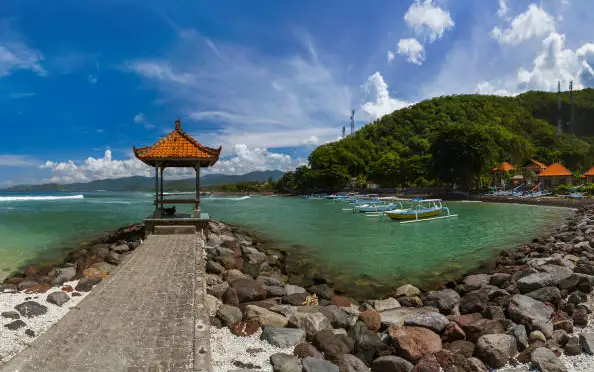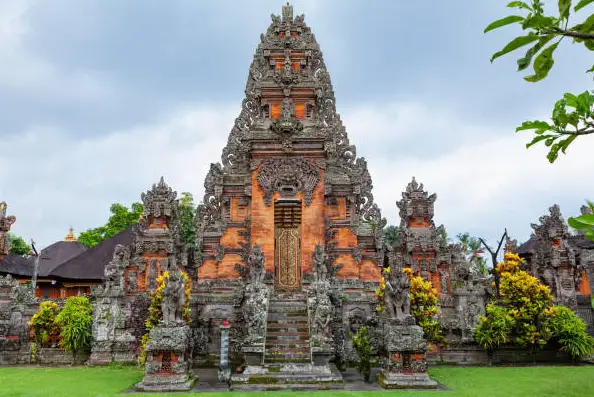What should I wear to an Indian wedding?
Post ByAdequate Travel
Summary
Going to an Indian wedding is a unique experience with tons of fun and exciting culture to explore. To get the full experience, the right clothing is essential! In this blog post, we'll discuss what to wear to an Indian wedding. From traditional options to mix and match looks, find the perfect outfit for your special occasion. Travellers can find valuable travel information for tourists, such as local customs, must-see attractions, and dining recommendations, to make the most of their trip.What to Wear to an Indian Wedding?
1. Traditional Attire: Indian weddings are known for their vibrant colors and rich cultural heritage. It is highly recommended to opt for traditional Indian attire to respect the customs and traditions of the occasion. Here are some options:
Saree:
Women can choose to wear a saree, which is a long piece of fabric elegantly draped around the body. You can select a silk, georgette, or chiffon saree with embellishments, embroidery, or traditional prints. Pair it with a matching blouse and accessorize with jewelry such as bangles, necklace, and earrings.
Lehenga-Choli:
Another popular choice for women is a lehenga-choli, which consists of a long skirt, a short blouse, and a dupatta (long scarf). Opt for bright colors, intricate designs, and embellishments. Complete the look with statement jewelry and a bindi (decorative forehead dot).
Kurta-Pajama or Sherwani:
Men can choose to wear a traditional kurta-pajama, which is a long tunic paired with loose-fitting pants. To add more elegance, you can opt for a sherwani, which is a longer coat-like garment worn over the kurta-pajama. Choose rich colors like deep navy, maroon, or gold, and accessorize with a turban or a stole.
2. Dress Code: In some cases, the wedding invitation may specify a dress code. Here's what each dress code implies:
Formal/Black Tie:
For a formal or black tie dress code, women can wear an embellished saree or lehenga-choli with heavy jewelry. Men can opt for a well-tailored suit, a tuxedo, or a sherwani.
Semi-Formal:
For a semi-formal dress code, women can wear a saree, lehenga-choli, or a well-designed anarkali suit. Men can opt for a kurta-pajama with a Nehru jacket or a tailored suit.
Casual:
If the wedding has a casual dress code, women can wear a salwar-kameez, which consists of a long shirt, loose pants, and a dupatta. Men can opt for a simple kurta-pajama or a shirt with trousers.
3. Comfortable Footwear: Indian weddings involve several hours of festivities, so it's essential to wear comfortable footwear. For women, ethnic sandals (like mojdi or juttis) or wedges will complement the traditional attire. Men can wear traditional leather sandals (like kolhapuris) or dress shoes.
4. Respectful Attire: While dressing up for an Indian wedding, it's important to consider cultural sensitivities and show respect towards the couple and their families. Avoid wearing revealing or excessively tight outfits.
Remember, the attire may also vary based on the region, community, and personal preferences of the couple. It's always a good idea to confirm with the couple or the wedding organizers if there are any specific requirements or guidelines.Stay informed about any travel restrictions or travel rules in place, as they may vary depending on your destination within the country.Suggested Questions
- D'Souza Chawl, Mumbai, Maharashtra: Horror Story, History & Paranomial Activities
- Ramoji Film City, Telangana: Horror Story, History & Paranomial Activities
- Fernhill Hotel, Maharashtra: Horror Story, History & Paranomial Activities
- Sanjay Gandhi National Park, Maharashtra: Horror Story, History & Paranomial Activities
- Sanjay Gandhi National Park, Maharashtra: Horror Story, History & Paranomial Activities
- Savoy Hotel, Mussoorie, Uttarakhand: Horror Story, History & Paranomial Activities







